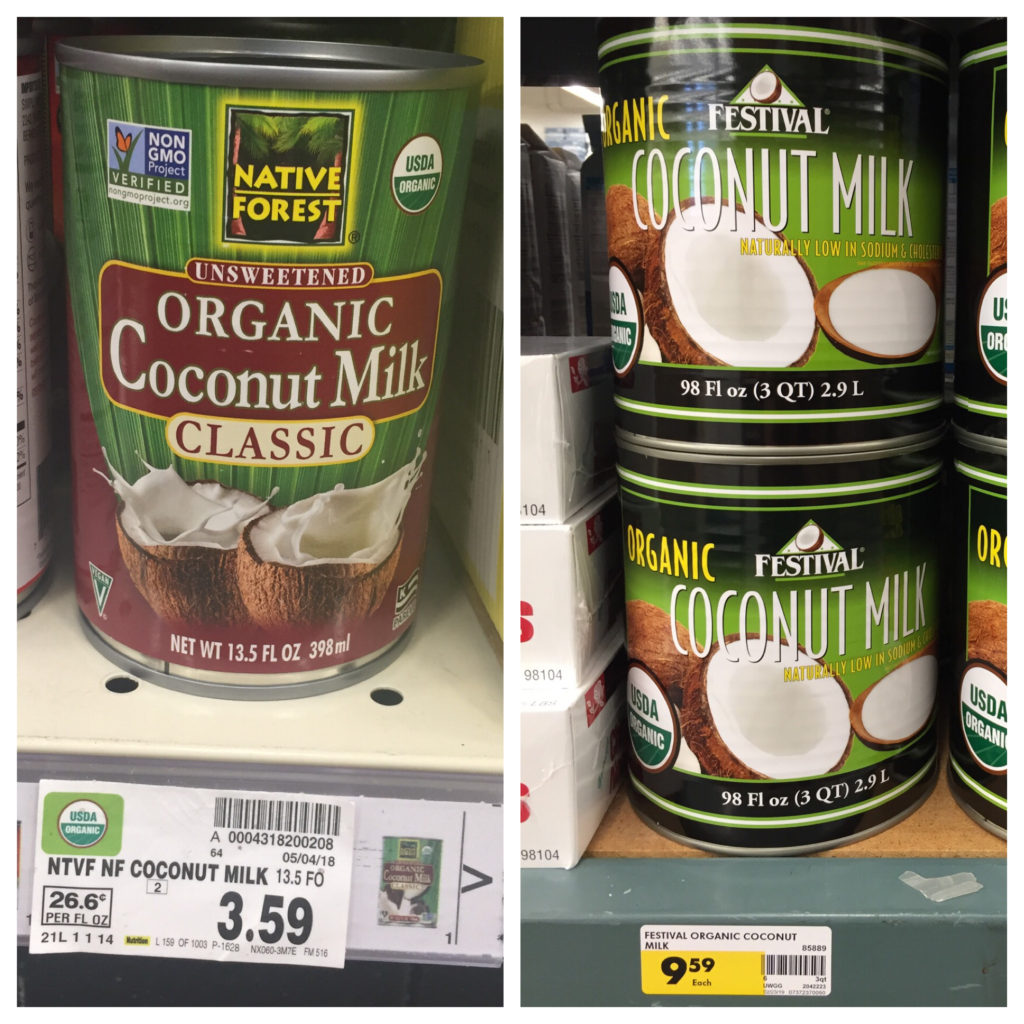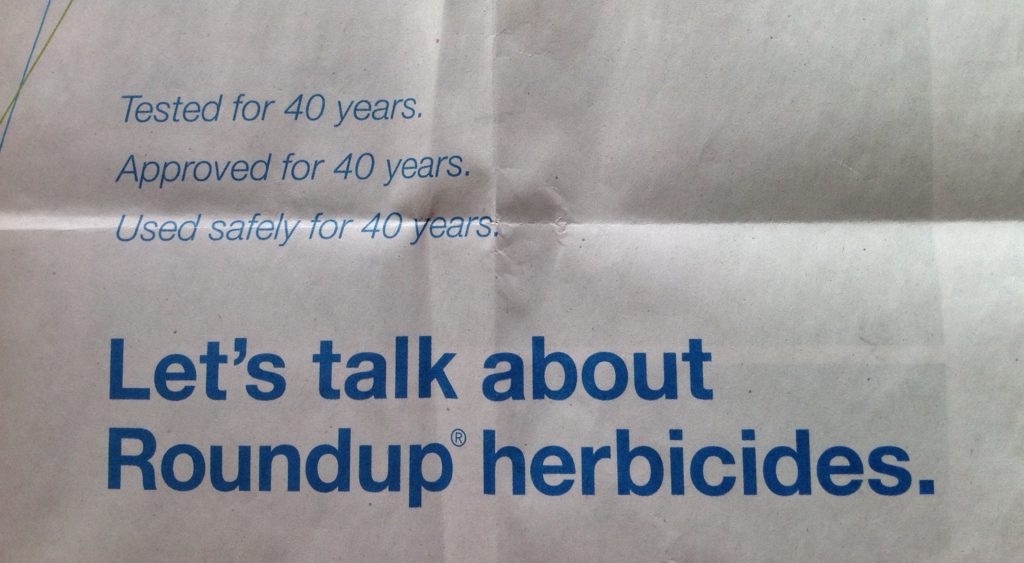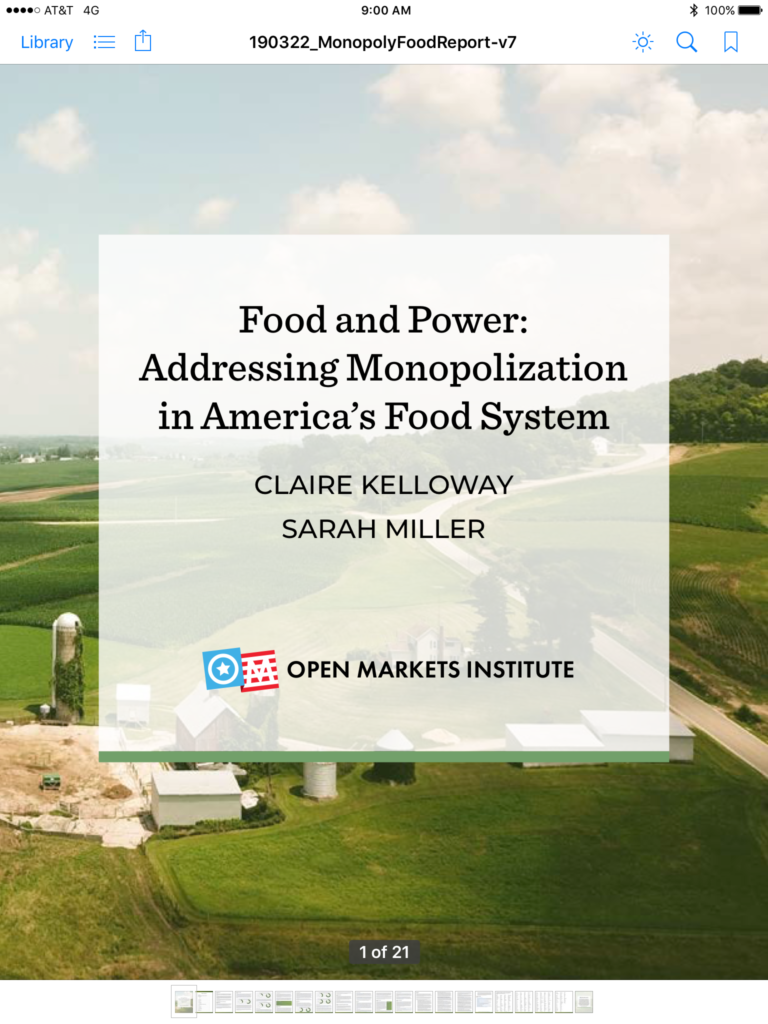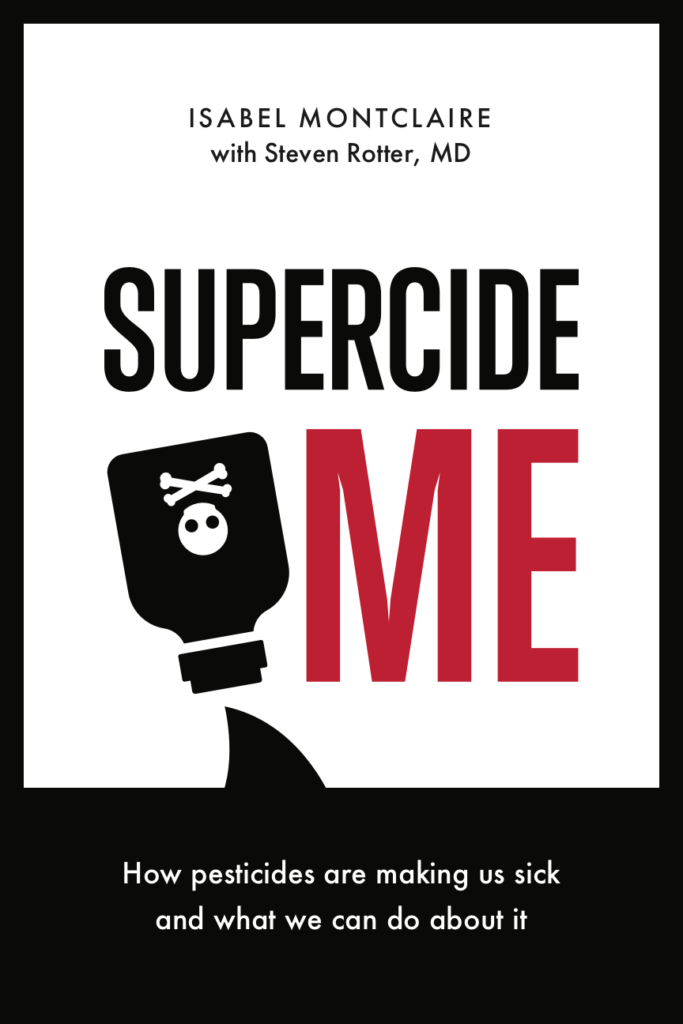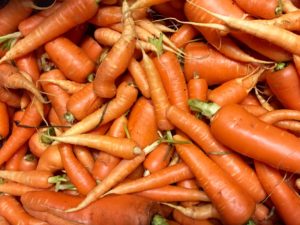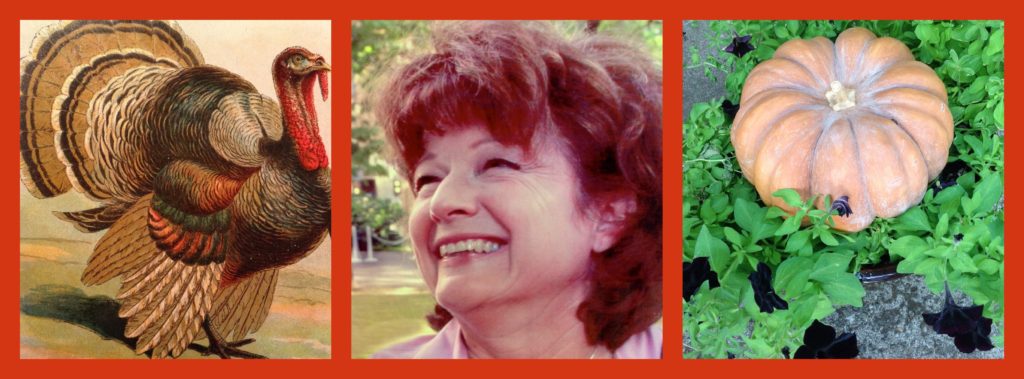How to Multiply Coconut Milk, Part One
I began working on The Plenty Method in 2008 when I was a planning commissioner for the city of Wilsonville, Oregon. I specialized in food and water because they are so fundamental to life. Slowly, I began to worry that accessing uncontaminated/unadulterated food would become more difficult and more expensive over time. Eating well was a priority, yet a healthful diet consisting solely of organic and humanely food was already cost-prohibitive.
Now, ten years later, I’ve finished articulating The Plenty Method. I’d like to help you learn how to access – and afford – the best food on the planet. Then you can have radiant health and experience more pleasure in life, too. The following is an example of how you can multiply your food dollars when you use The Plenty Method.
Lately, there’s been a lot of mention about how livestock contributes to greenhouse gases. So I’m trying to find non-dairy alternatives for milk. Coconut milk makes a surprisingly good substitute for cow’s milk and cream. The unsweetened concentrate comes in a can and when diluted with water in a one to one ratio, it has the consistency of milk. Use less water and it’s like cream. Coconut milk is creamier and silkier than cow’s milk. When mixed with other foods, the coconut flavor becomes mild or even diminishes. So far, I’ve tried it in my favorite creamy vegetable soup and a béchamel sauce (that I poured over roasted cauliflower). It’s fabulous in hot chocolate! Use it in curry and smoothies. Feel free to experiment, substituting it in recipes that call for milk or cream.
A 13.5 ounce can of organic coconut milk retails for around $3.59, or just shy of .27 cents per ounce. At the local wholesale restaurant supply store (where anyone can shop, no license required) a 98 ounce can sells for $9.59, or just shy of ten cents an ounce. When I buy it wholesale, I multiply my food dollars by almost three times. Multiplying your food dollars will make you feel quite wealthy. Having plentiful amounts of coconut milk on hand feels quite luxurious. Contributing to planetary health by reducing the use of dairy and increasing your purchases of organic food can make you feel happy, too. By the way, the “E” in The “Plenty” Method stands for “Easy-to-find-food-sources”. Our book, “The Joy of Plenty”, will show you how to find non-grocery store food sources so you can easily multiply your food dollars. And if you wonder what to do with that all that coconut milk, stay tuned for the next blog.
